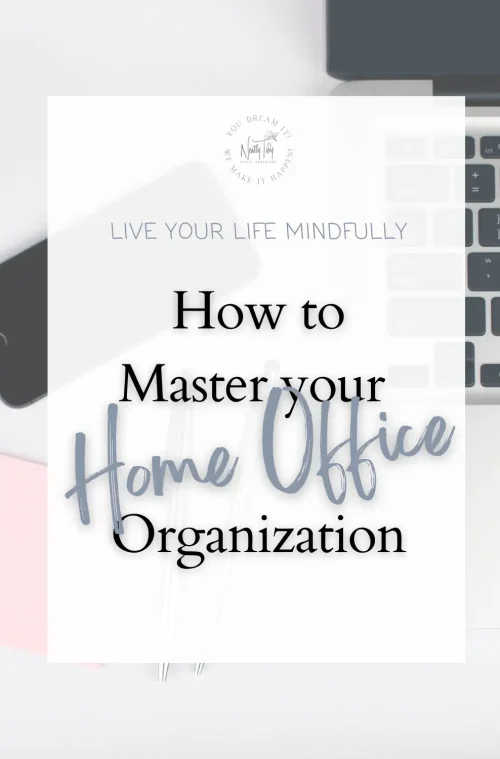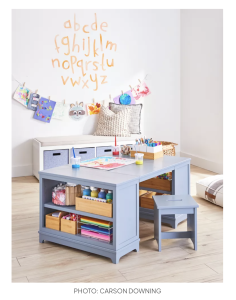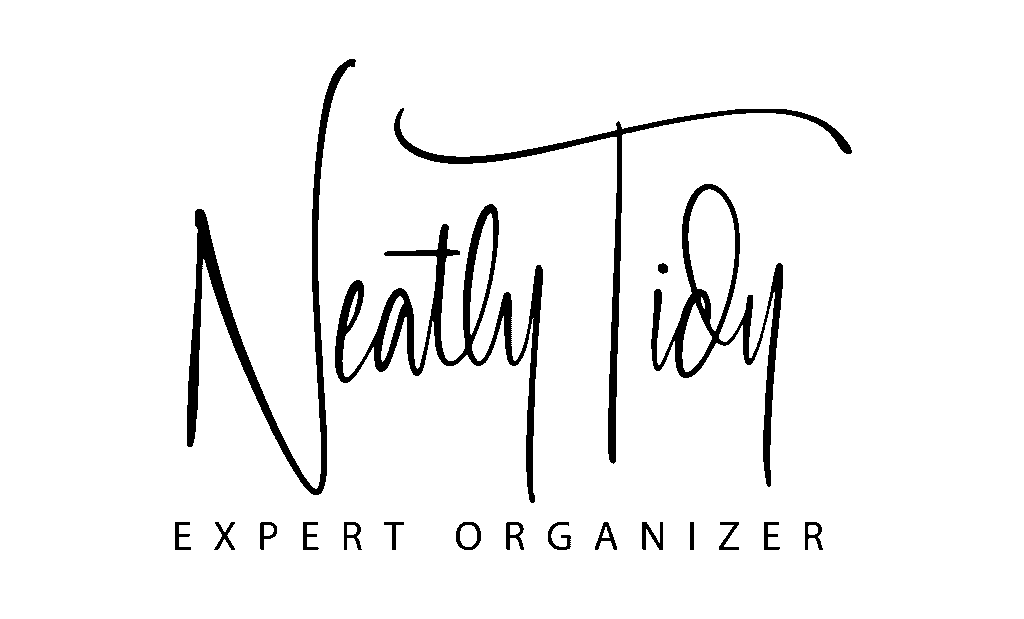
Mastering Office Organization:
Benefits, Challenges, Steps, and Rules
An organized home office is the key to unlocking
your productivity and creativity.Natalie M. Tweet
A clutter-free home office is essential for focus, productivity, and peace of mind. When your workspace is disorganized, it can hinder creativity, increase stress, and waste precious time. Mastering your home office organization is about creating a system that promotes efficiency, inspires motivation, and keeps distractions at bay. In this guide, we’ll explore practical tips, smart storage ideas, and effective strategies to transform your home office into a functional and inspiring environment where you can thrive.

An organized office is crucial for fostering productivity, efficiency, and a positive work environment. In this comprehensive guide, we will explore the significance of office organization, its benefits, the challenges many face in achieving it, the steps to follow for effective organization, and the rules to maintain a clutter-free workspace.
Why is Office Organization Important?
An organized office serves as the backbone of a successful workplace. It impacts not just individual employees but the overall function of the organization. Key reasons include:
- Enhanced Productivity: Employees can focus on their tasks without unnecessary distractions, allowing them to complete work more efficiently.
- Improved Mental Clarity: A tidy workspace reduces stress and fosters a clear mind, leading to better decision-making and creativity.
- Professional Image: An organized environment suggests professionalism and attention to detail, which can impress clients and stakeholders.
- Time Management: When everything has a designated place, employees spend less time searching for materials and tools critical to their work.
Benefits of Maintaining an Organized Office
The benefits of an organized office are multifaceted and contribute significantly to both employee satisfaction and organizational success:
- Increased Efficiency: Streamlined processes minimize wasted time. For example, implementing a filing system ensures quick access to necessary documents.
- Better Collaboration: Shared spaces and resources that are organized promote teamwork and cooperation among employees.
- Reduced Stress Levels: A clutter-free environment can lead to reduced anxiety and improved mental health, as employees feel more in control of their surroundings.
- Enhanced Safety: An organized workspace minimizes the risks of accidents or injuries caused by clutter, ensuring compliance with safety regulations.
Challenges to Office Organization.
Despite the clear benefits, achieving and maintaining an organized office can be difficult due to several reasons:
- Overwhelming Clutter: Years of accumulated paperwork and supplies can create a daunting disorganization that feels insurmountable.
- Lack of Time: Busy schedules often leave little time for organizing efforts, perpetuating the cycle of clutter.
- Resistance to Change: Employees may resist new organizational systems and protocols, preferring their established (though chaotic) routines.
- Inadequate Systems: Without proper systems in place, even well-intended efforts can lead to temporary fixes rather than lasting organization

Steps to Achieve Office Organization.
To successfully organize an office, we recommend following these actionable steps:
- Evaluate Current Organization: Assess what works and what doesn’t in your current setup. Identify key trouble areas that need immediate attention.
- Declutter: Begin with a thorough decluttering of desks, filing cabinets, and common areas. Ask yourself, “Do I need this?” and discard or donate what is unnecessary.
- Create a System: Develop a filing and storage system tailored to your specific office needs. This could involve digitalizing files or categorizing paperwork by departments.
- Designate Workstations: Ensure each employee has a defined workstation with necessary tools and resources that are easily accessible.
- Implement Organizational Tools: Utilize organizers, shelves, bins, and labels to maintain order. Consider digital tools or software for project and task management that can complement physical organization.
- Regular Maintenance: Schedule periodic reviews of the organization system to ensure it remains effective and that clutter hasn’t returned. Regularly revisiting the organization plan will help in adapting to changes.
Rules for Maintaining an Organized Office.
To prevent clutter from returning, establish these guidelines:
- One In, One Out: For every new item brought into the office, an old item should be discarded or recycled.
- Daily Tidying: Spend a few minutes at the end of each day to tidy up your workspace and ensure everything is in its place.
- Set Clear Policies: Establish office-wide organization policies. For instance, have a designated place for business cards, documents, and office supplies.
- Encourage Team Engagement: Foster a culture of organization by encouraging team members to share tips and participate in decluttering initiatives together.
- Leverage Technology: Utilize digital tools like cloud storage and management software to reduce physical paperwork and enhance organization.
my final thoughts...
An organized office is essential for productivity and well-being. While the challenges in maintaining this organization can be significant, the steps outlined can help mitigate these issues effectively. By adhering to established rules and encouraging a culture of organization, we can create work environments that thrive on efficiency and professionalism. Embrace the benefits of an organized office and make significant strides toward a more productive workplace today.
🖤 Your Journey to a Clutter-Free Life Starts Here!
At NeatlyTidy, we believe that a more organized home isn’t about perfection—it’s about creating space for what matters most: peace, ease, and time for the people you love.
If this blog post helped you in any way, I’d be so happy if you’d click the like button, share it with a friend, or leave a comment below. Whether you have a question, a quick win, or something you’re struggling with—I’m here for it, and I’d love to hear from you.
✨ Want more tips, encouragement, and organizing inspiration?
Join my newsletter here and get a free [insert your freebie—like “10-Minute Tidy Checklist” or “Quickstart Guide to Organizing Any Room”] as a welcome gift!
Let’s keep making progress, one tidy corner at a time 🖤
The Organized Chronicles









Hello,
Looking ahead, I aspire to deepen my commitment to helping individuals discover their purpose in life. Whether it’s through personal coaching, workshops, or creating a supportive community, I am eager to leverage my skills in counseling and guidance to assist more clients in navigating their journey towards a fulfilling and purposeful life.
Thanks for taking the time to learn a little bit about me. I’m always open to new connections and experiences, so feel free to reach out!

